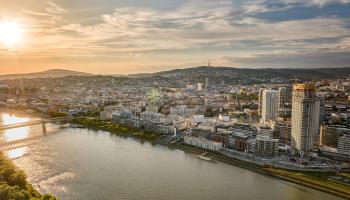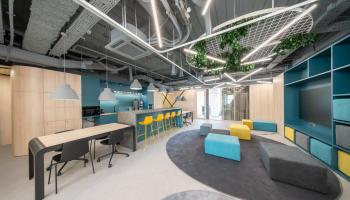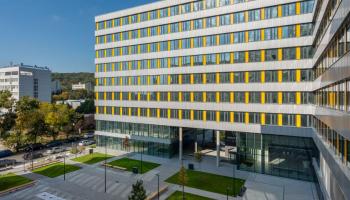Avoid burn out. Follow these tips for better time management and work-life balance

Most employees spend up to a third of their working time in meetings and video calls. And emailing, phoning, and of course working can fill our days so much that we’re too busy for relaxation, hobbies, and pastimes. The following will help you to manage time better and achieve work-life balance.
Think of yourself
When planning a coming week or month, it’s important to set priorities. Work is important, but not at the expense of time with family and friends, sport, and culture.
Try planning your activities in advance, and set aside some hours for yourself every day. Schedule a run, gym workout, or cinema visit and you’ll find that it’s easier to leave the office in the knowledge that you’ve had this activity planned for a long time and are looking forward to it.
Of course, sometimes it’s necessary to put in the extra hours to finish a key presentation or prepare a tender. But working flat-out increases the risk of burnout, especially for younger people.

Prioritise rest
Hard workers need time to recuperate. Without sufficient rest and regeneration of the body and mind, you risk losing motivation, disliking work, or even burnout.
It’s important to have a daily routine, including at least seven hours’ sleep. Ideally, go to bed and wake up at approximately the same time every day, so that your body follows a rhythm. This regular approach will enable you to successfully navigate work and everyday tasks.
In addition to sleep, we should set aside time for hobbies and pastimes that entertain us and free us from the daily rush - such as sports, culture, and time with friends. It’s an advantage when you can avoiding losing time in traffic jams moving between these activities. So your workplace is also important.
Location is key
We choose a job mainly based on salary, benefits, company prestige, and career potential. But it’s also important to consider a handy location that ticks all the boxes for combining your professional and personal lives.
A good example are the offices in the Eurovea City city district near the Danube, where employees have extensive amenities conveniently at hand. Mornings are perfect for a gym workout and riverside run, during lunch pop to the post office or bank, and after work meet friends for cinema or drinks, or enjoy dinner along the promenade. And everything in one place by foot, bike or public transport - without having to use the car. A survey (by MN Force for JTRE) has found that public transport is the most important factor for office workers - with 82% rating it very important or important.
Westend in Patrónka is also a good option. At this business location you can buy whatever you need, visit a dentist, and enjoy lunchtime strolls at nearby (5 min walk) Železná Studienka - a popular green oasis for Bratislava’s residents.
Employers play a key role
With the end of the mass home-working model, managers are striving to get employees back to their offices - including through hybrid working. Yet many employees have found that they can work equally well from home, and without the hassle of commuting. But loyalty and corporate culture depend on physical presence, with crucial management directions being based on collective team cooperation rather than home office islands.
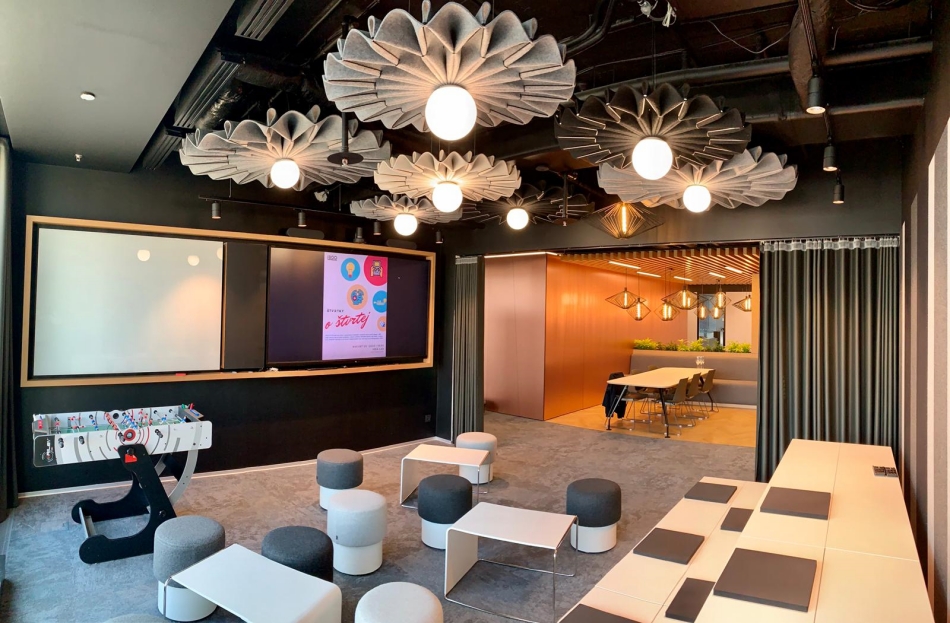
Employers need to increasingly ensure that employees feel comfortable at a workplace, and with all the necessary health and safety measures in place. Attractive design, good transport accessibility, and nearby amenities are important criteria for employees when weighing up between home working or the office commute. For example, the MN Force survey found that 64% percent of respondents like the office to be amidst greenery.
Districts such as Westend, Eurovea City, River Park and Zuckermandel have numerous advantages that make workplaces attractive places to be. There are many opportunities for sport, relaxing by the river or in forests, as well as services, entertainment, restaurants, and other amenities that make it easier for employees to achieve an optimal work-life balance.
